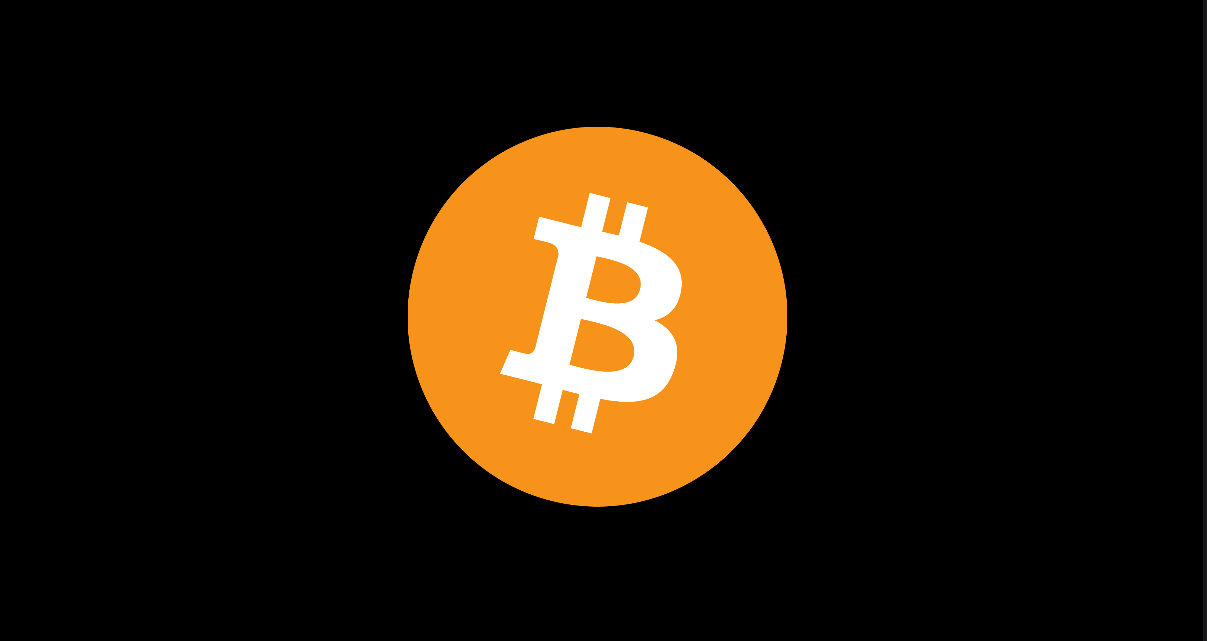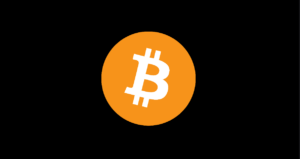Is Trump enabling a massive crypto scheme with Bitcoin?

When Donald Trump announced the inclusion of certain crypto assets in a new US digital assets strategic reserve on his Truth Social platform recently, it sparked a frenzy in the crypto market. The following day, his declaration of intentions to impose tariffs triggered a market reaction that saw the crypto market plummet significantly more than the US sharemarket. This stark reaction underscores the high-risk nature of crypto assets – they serve as leveraged exposures to risk markets, amplifying market movements.
While advocates of digital assets often tout them as a hedge against inflation and a potential support for the US dollar, the tariffs announced by Trump resulted in a nearly 10% plunge in the crypto market value and a 1% depreciation in the US dollar relative to major trading partners’ currencies. Despite the assertion of a finite supply of Bitcoin, there appears to be a negative correlation between digital assets and inflation. Moreover, the lack of income generation from cryptos coupled with rising inflation and interest rates contribute to increased opportunity costs, ultimately deflating asset prices.
Having transitioned from labeling crypto assets as a “scam” to endorsing them, Trump has now embraced digital currencies, citing dissatisfaction with the Biden administration’s skepticism towards the sector. Trump outlined plans for a national strategic reserve of digital assets to revitalize the industry post perceived attacks by the previous administration. Financial backing from the sector, including over $100 million in donations to his election campaign, may have influenced this decision. Additionally, Trump’s family’s significant stake in cryptobank World Liberty Financial, investments in meme coins, and his media company’s plans for crypto ventures all point to vested interests in the sector.
Despite the promise to make the US the “Crypto Capital of the World,” Trump’s strategic reserve proposal lacks clarity on acquisition methods, management strategies, and the necessity for such reserves. The assets earmarked for inclusion, including XRP, Solana, Cardano, Bitcoin, and Ethereum, catalyzed a surge in the market’s value before the tariff announcement reversed those gains. Unlike traditional reserves like oil or gold, digital assets lack intrinsic value and utility, exhibit extreme volatility, and limited liquidity, rendering them unsuitable for a national strategic reserve.
The unprecedented volatility in crypto assets, exemplified by Bitcoin’s fluctuations between $54,000 and $106,000 in the past year, underscores their speculative nature. Trump’s move to legitimize digital assets through a national strategic reserve and the growing conflicts of interest among crypto advocates in his administration raise questions about the viability and rationality of such endeavors. The lack of regulatory oversight, compounded by Trump’s deregulatory stance, paves the way for potential frauds and scams within the crypto market.
In conclusion, Trump’s latest foray into the crypto market through a proposed strategic reserve raises concerns about the viability, necessity, and implications of such a move. The volatile nature of digital assets, coupled with their speculative tendencies and lack of regulatory safeguards, pose significant risks to both market integrity and investor protection. As the US grapples with the implications of making crypto assets a cornerstone of its economic strategy, the path forward remains fraught with uncertainties and challenges.





